What does an agile workplace look like in practice?
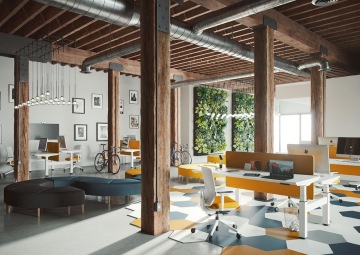
In the corporate world the word "agile" is most often encountered when talking about project management. Agile project management leads to flexibility and allows you to change the direction of work in midcourse. Increased flexibility is also the main idea of an agile approach to the workplace.
The aim is to give employees the widest possible range of options for where, how and when to work. Collaboration is also valued in an agile workplace, where the invisible (and visible) walls between subordinates and superiors are torn down. So what does an agile workplace consist of and how do you transition from a classic work model to an agile one?
The most important elements of an agile workplace include:
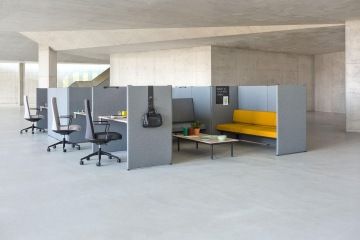
Accessibility
Employees should be able to access as much space in the office as possible and choose the most suitable place for their current activities. Accessibility in the design is achieved through the visual zoning of the open space and the clever use of partitions, which provide privacy but do not turn the office into a sequence
of small cubes.
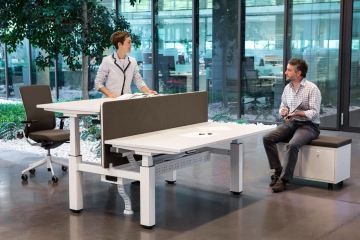
Ergonomics
Uncomfortable environments or unergonomic furniture will always decrease employee productivity. An agile environment must be changeable, but it is always necessary to keep in mind the comfort of everyone who uses the space. Money saved on comfort will be wasted on employee productivity.
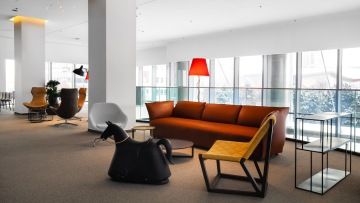
Support for creativity
The agile approach comes with an emphasis on creativity, which should be reflected in the office environment. For example, various tools (whiteboards, interactive elements) can be made available and the office can support creativity with a playful appearance (only in some zones, for example).
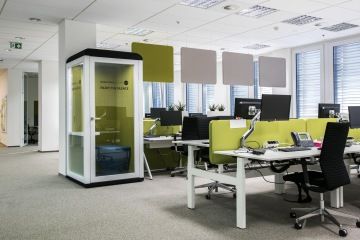
Quiet for work
Some activities require maximum concentration. Ideally, therefore, there should be several places where noise or other distractions do not intrude. This can be a separate room
or special acoustic booths.
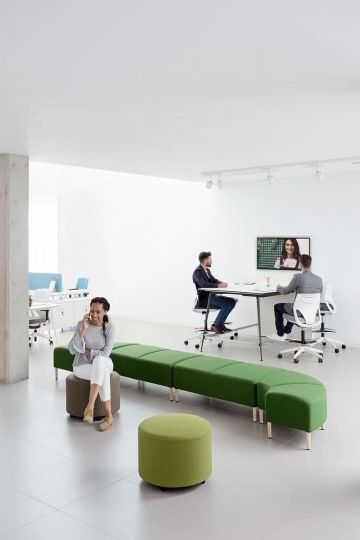
Adaptability
If the company's premises are small, an agile environment can be created thanks to modular furniture. The individual sections can therefore be used during the day both for quiet work and for shared relaxation or brainstorming.
The benefits of an agile approach
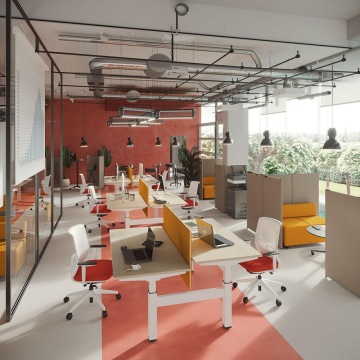
Greater employee satisfaction
Satisfied employees are both productive and loyal. In
a survey of architectural forms conducted by Gensler,
a direct relationship between employee satisfaction and the flexibility of their work environment was shown. Companies that choose an agile approach to the workplace can save money in the long run on finding suitable candidates, training new people and other expenses associated with more frequent workforce turnover.
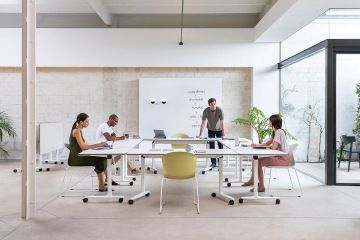
More collaboration between colleagues
An agile approach emphasizes collaboration as a core value. Open communication is the key to better functioning of all departments of the company. A more flexible workplace encourages colleagues to meet and exchange ideas.
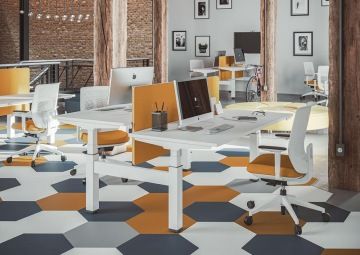
Smaller carbon footprint
Workplaces that are designed to be agile from the outset often require less office space. As a result, the company will save on rent, energy and various costs associated with the operation of the office. This will also reduce the impact on the environment, something many employees appreciate today.
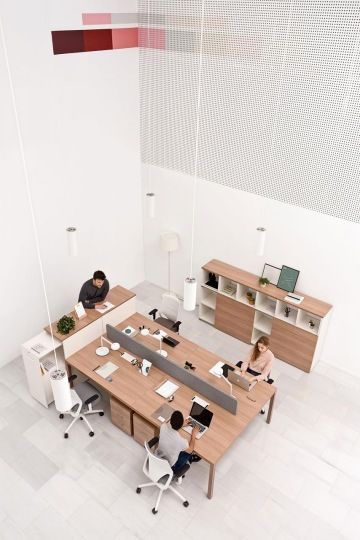
Employees feel more freedom and responsibility
Allowing people to manage their day and the process of all activities will make them work better and give them
a greater sense of responsibility for their tasks.
What can we find in a truly agile office?
Agile workplaces have as many forms as there are companies. Nevertheless, some essential features can be expected
in any agile space, such as:
- Quiet work zones (acoustic booths, soundproof open space, separate rooms)
- Relaxation zones and places for meeting colleagues
- Impressive client zones
- Experimental spaces that support creative thinking
- Freely available sources of information on a wide range of topics
- Properly placed and equipped kitchens with plenty of common seating
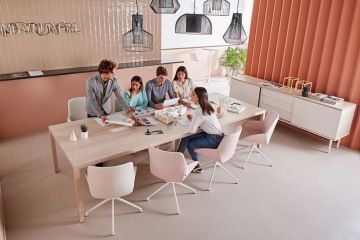
For whom does an agile workplace work best?
The agile approach is most appreciated by companies that focus on work outcomes instead of the mere presence of employees. More traditional and conservative disciplines may be sceptical of this approach, but agility can pay off for them too.
This approach to work works great in start-ups but can also be successful in large conservative companies.